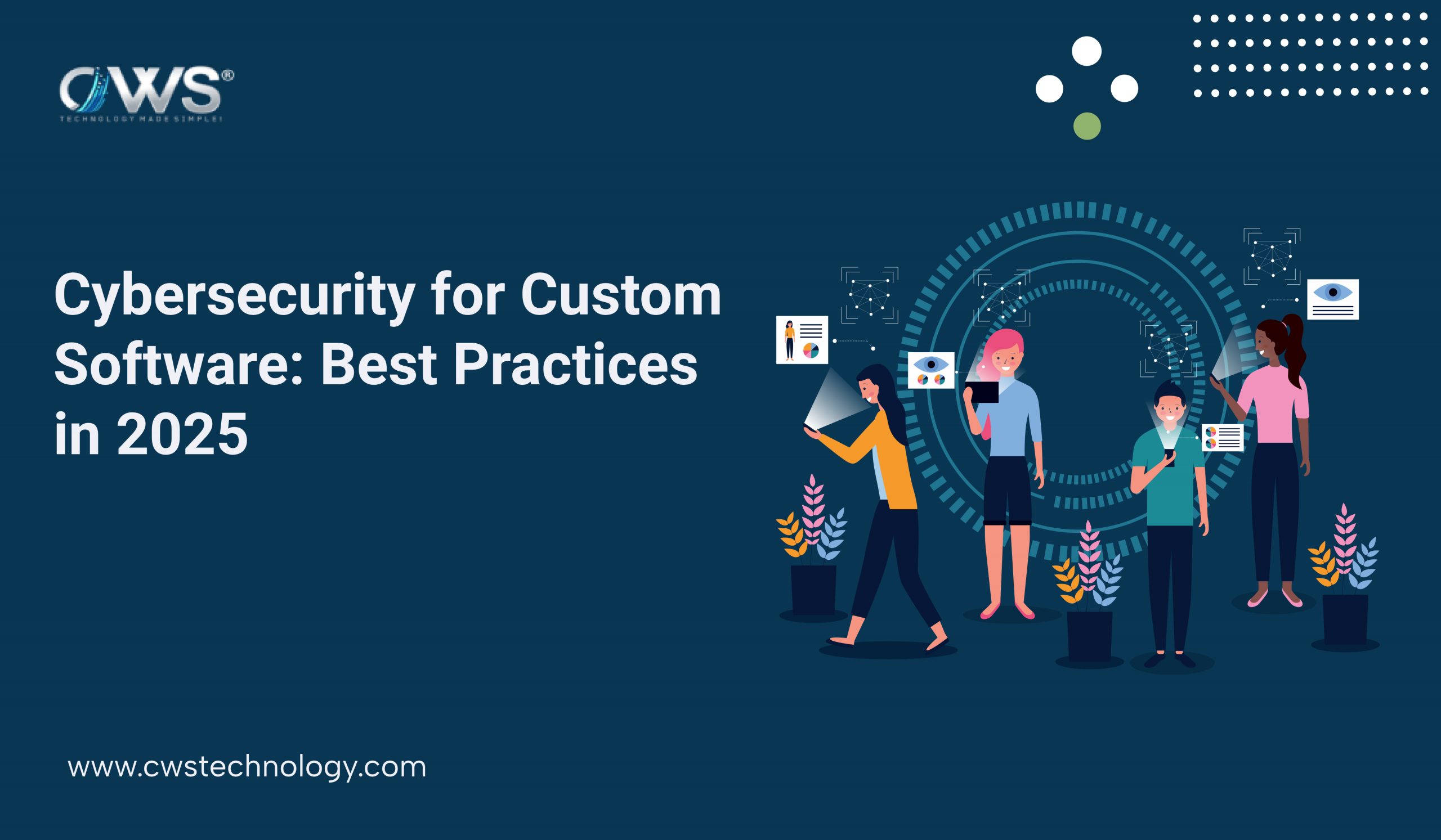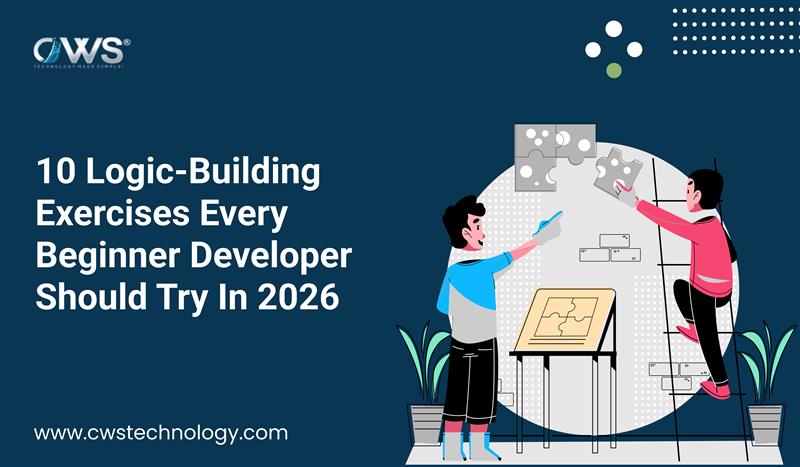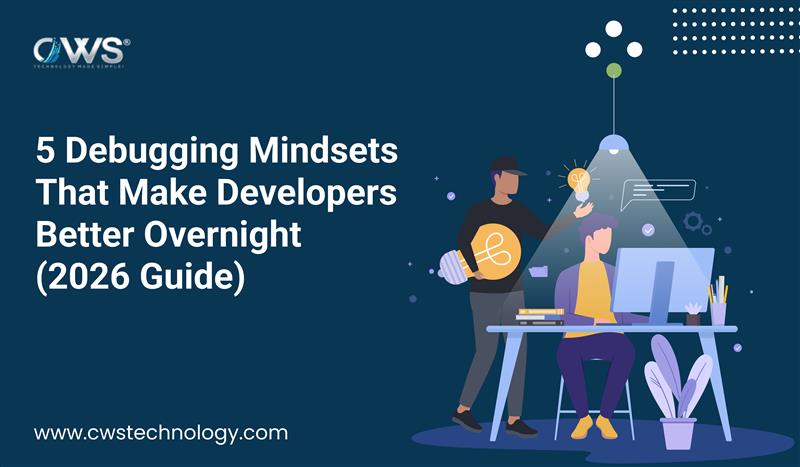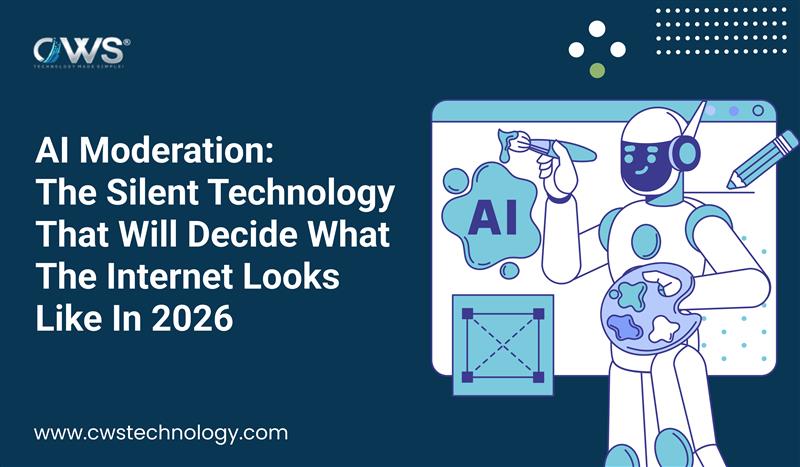In an age where data is the new oil, cybersecurity is no longer optional—it’s mission-critical. Whether you’re a fintech startup, healthcare platform, eCommerce site, or SaaS product, if your custom software isn’t secure, you’re putting users, data, and your brand at risk.
As technology advances, so do threats. That’s why 2025 demands a new level of cybersecurity awareness, especially in custom-built systems. In this blog, we’ll explore why cybersecurity matters more than ever—and the latest best practices every developer, CTO, and startup founder should follow.
Why Cybersecurity in Custom Software Matters More Than Ever
While custom software gives businesses full control over functionality and user experience, it also comes with a high level of security responsibility. Unlike off-the-shelf products, there’s no built-in firewall or automatic patching—you have to build security in from the ground up.
Key reasons why it’s critical in 2025:
- Rise in AI-driven cyberattacks
- Remote work and distributed access points
- Increasing data privacy laws (GDPR, DPDPA, CCPA)
- Cloud-native vulnerabilities
- API and integration-based threats
Top Cybersecurity Best Practices for Custom Software in 2025
Here’s what modern businesses should implement to protect their custom applications from evolving threats:
1. Secure by Design, Not by Patch
In 2025, security needs to be part of your architecture—not an afterthought. Use threat modeling, penetration testing, and secure coding practices right from the planning phase.
2. Zero Trust Architecture
Adopt a Zero Trust model, where no user or system—internal or external—is automatically trusted. Every access request must be verified, authenticated, and logged.
- Implement identity-based access
- Use Multi-Factor Authentication (MFA)
- Monitor continuously for anomalies
3. Code Reviews & Static Analysis Tools
Manual and automated code reviews help catch vulnerabilities early. Use tools like SonarQube, Checkmarx, or Snyk to perform static code analysis and eliminate risky logic before production.
4. Secure APIs & Third-Party Integrations
In custom software, APIs are often the weakest link. Follow these API security tips:
- Use API gateways with rate limiting
- Enforce OAuth 2.0 / JWT authentication
- Never expose private keys or tokens in code
5. Encrypt Everything—At Rest & In Transit
Use end-to-end encryption for all user data:
- SSL/TLS for data in transit
- AES-256 or stronger for data at rest
- Avoid storing passwords—use salted hashes (e.g., bcrypt)
6. Real-Time Monitoring and Incident Response
Set up:
- SIEM tools (Security Information and Event Management)
- Intrusion detection systems (IDS)
- Automated alerts for suspicious activity
Prepare an incident response plan. Assume breaches can happen—what matters is how fast you respond.
7. Secure Cloud Configuration
Most custom software today is cloud-based. But misconfigured buckets, lax IAM policies, and outdated container images are major risks.
- Use Infrastructure as Code (IaC) to manage environments securely
- Audit permissions regularly
- Harden Kubernetes/Docker environments
8. Employee Awareness & Training
Tech alone isn’t enough—your team is your first line of defense.
- Train developers on OWASP Top 10 vulnerabilities
- Conduct regular phishing simulations for staff
- Create a “security-first” company culture
Real-World Scenario
A retail startup built its own eCommerce platform. The backend was solid, but they left their admin panel exposed—no IP restrictions, weak password policy.
Result?
Hackers gained access, stole user data, and the startup lost both customer trust and funding.
Had they implemented access controls, encryption, and monitoring, this could’ve been prevented.
How CWS Technology Secures Custom Software
At CWS Technology Pvt. Ltd., we don’t just build powerful custom solutions—we secure them with:
- Secure-by-design architecture
- Regular penetration testing
- Encrypted communication protocols
- GDPR & DPDPA compliance checks
- Cloud infrastructure security audits
Whether it’s enterprise-grade software, SaaS platforms, or mobile apps, we deliver security as a built-in feature, not an afterthought.
Final Thoughts
Cybersecurity in 2025 isn’t just about firewalls—it’s about strategy, tools, people, and proactive thinking. For startups and enterprises alike, custom software is a double-edged sword: unmatched flexibility, but unmatched responsibility.
If your app handles sensitive data, user authentication, or transactions—security must be your priority, not your Plan B.








